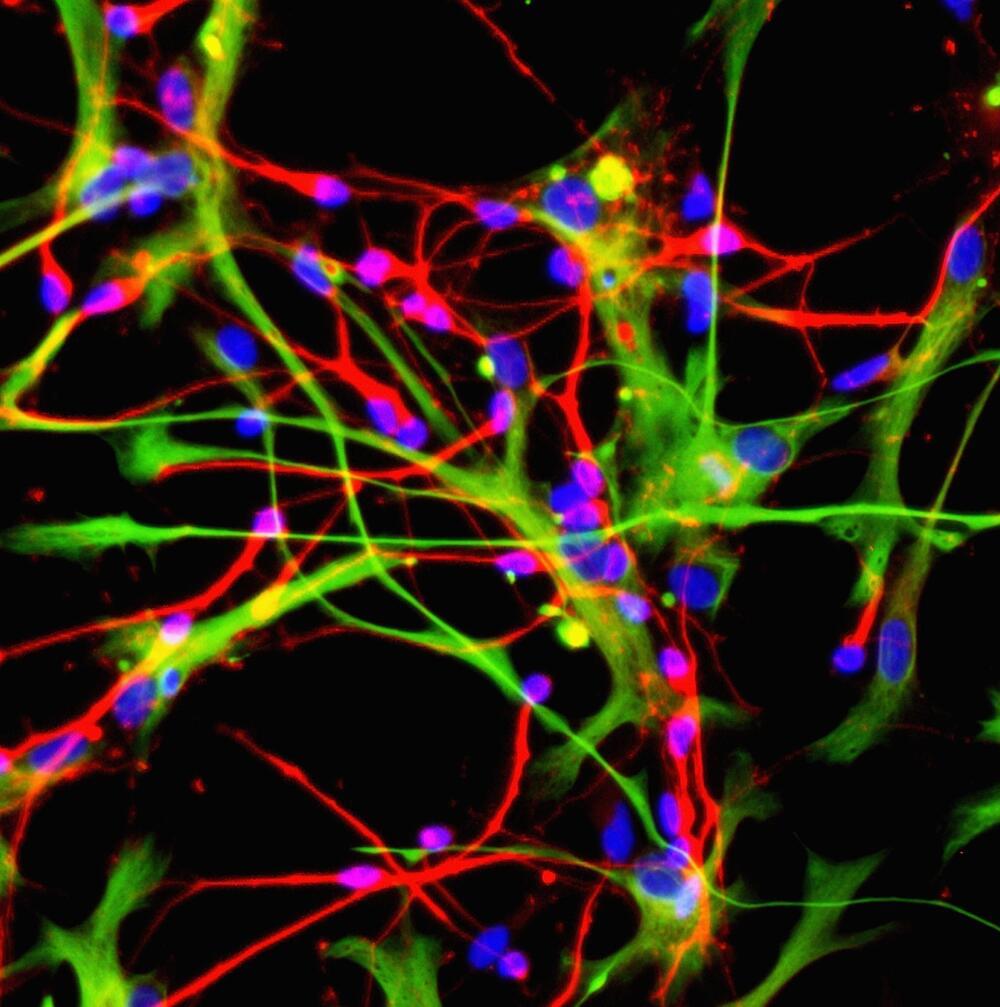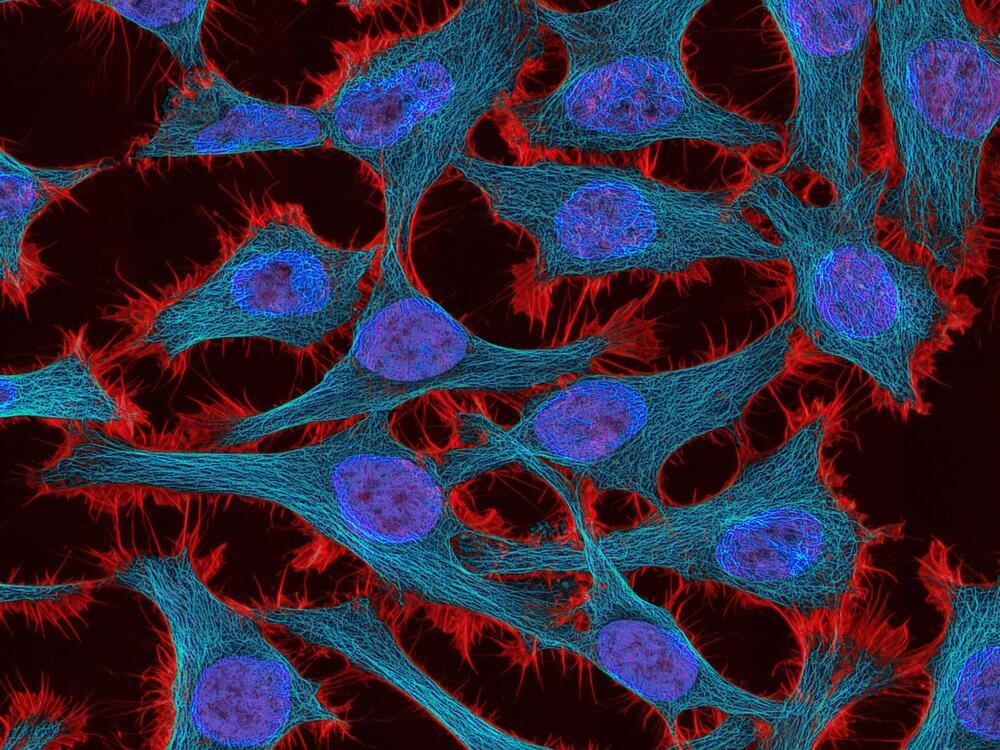Tiny dents on thin material produce photon-polarizing magnetic fields.
Researchers at Los Alamos National Laboratory have developed a technique that can produce polarized photons more easily and cheaply than existing methods. The technique.
Quantum communication uses photons to carry information, much as classical communication uses electrons. But while classical computers encode information by turning current… More.
Researchers at UC San Francisco and UC Berkeley have developed a brain-computer interface (BCI) that has enabled a woman with severe paralysis from a brainstem stroke to speak through a digital avatar.
It is the first time that either speech or facial expressions have been synthesized from brain signals. The system can also decode these signals into text at nearly 80 words per minute, a vast improvement over commercially available technology.





